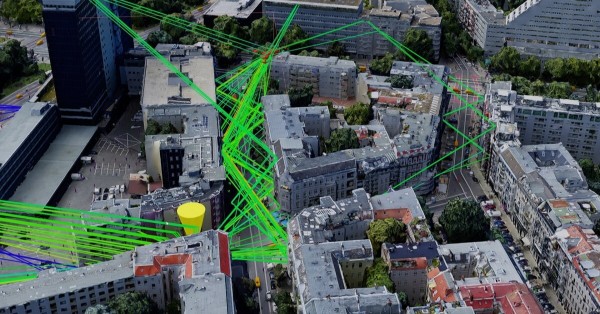- Tech News & Insight
- April 21, 2025
- Hema Kadia
ETSI has published its first ISAC report for 6G—ETSI GR ISC 001—highlighting 18 use cases across healthcare, public safety, automation, and mobility. The report dives into deployment scenarios, sensing modalities, and KPIs like fine motion accuracy and sensing latency. It also outlines security, privacy, and sustainability guidelines for real-world ISAC integration into 6G networks.




























